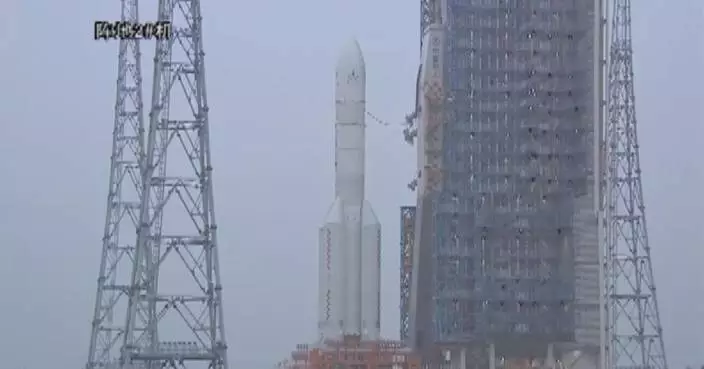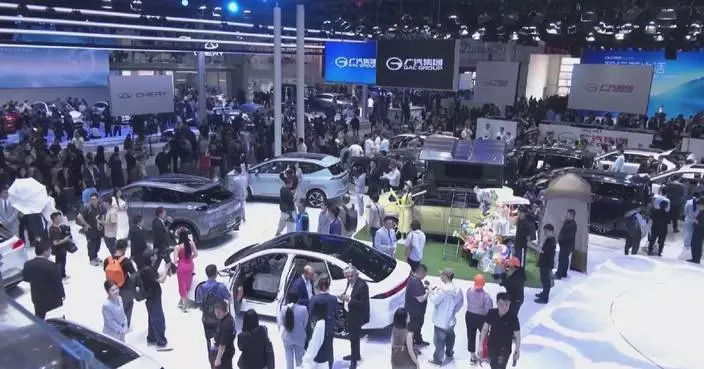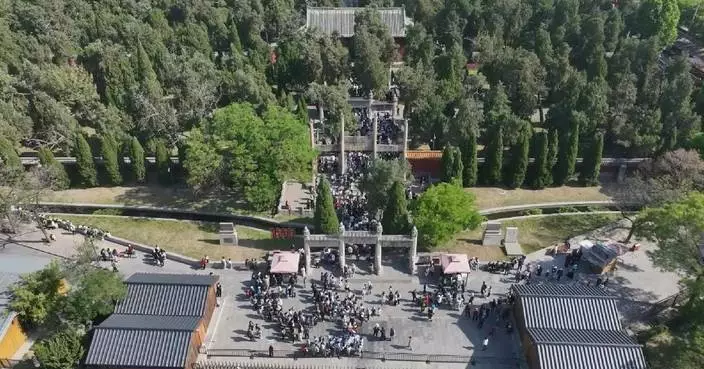China has taken catalytic measures to elevate grain production capacity from 2024 to 2033 by fully leveraging smart farming technology, intense mechanization and new quality agricultural productive forces, according to the China Agricultural Outlook Report (2024-2033) released on Saturday.
Released by the Ministry of Agriculture and Rural Affairs and Chinese Academy of Agricultural Sciences during the 2024 China Agricultural Outlook Conference, the China Agricultural Outlook Report (2024-2033) points out that the country has raised the minimum purchase prices for wheat and early-season rice and maintained subsidies for corn and soybean producers in an effort to support grain cultivation and provide stable income for farmers. It also says that the total grain growing area will reach 1.781 billion mu (about 118.7 million hectares) this year, with a 1.5 percent growth in grain yield per unit area from a year ago.
"Focusing on the main crops, like soybeans, corn, wheat, and rice, we will implement the 'Five Goods' integration of good fields, good seeds, good equipment, good methods and good systems, and tap the potential of yield per unit area. It is expected that grain output this year may reach 704 million tons, higher than that of the previous year," said Xu Shiwei, secretary-general of the Market Early Warning Expert Committee under the Ministry of Agriculture and Rural Affairs.
The report also predicts that in the next decade, China's new quality agricultural productive forces to be fully developed. The overall production capacity of important agricultural products will be significantly enhanced, coupled with a significant improvement in the supply quality and market competitiveness of agricultural products.
"New breakthroughs will be made in breeding technology. High-power machinery, specialized machinery for mountainous and hilly areas, and intelligent agricultural machinery will be promoted and applied. Facility agriculture will develop at an accelerated pace. High-yield and high-efficiency technologies will be promoted on a large scale. The quality of cultivated land will also continue to improve. It is expected that the grain yield per unit area will increase by approximately 10 percent, leading to stronger food supply security in China," said Xu.
China has seen a grain harvest of over 650 million tons for nine consecutive years, with the per capita share of grain at 493 kilograms.

China plans leap in grain output capacity in next decade: report

China plans leap in grain output capacity in next decade: report










